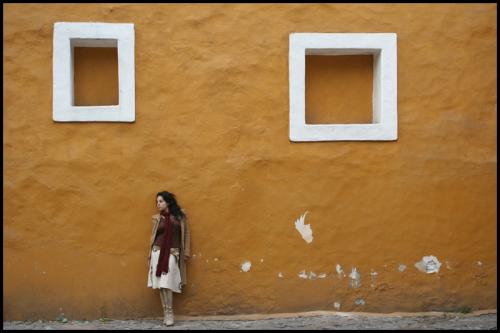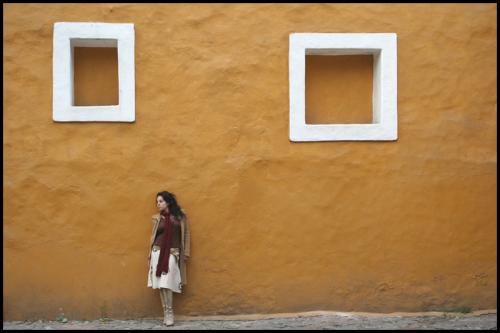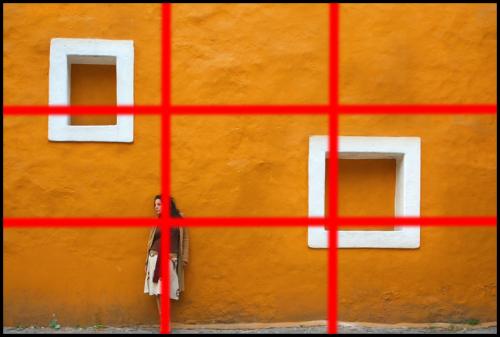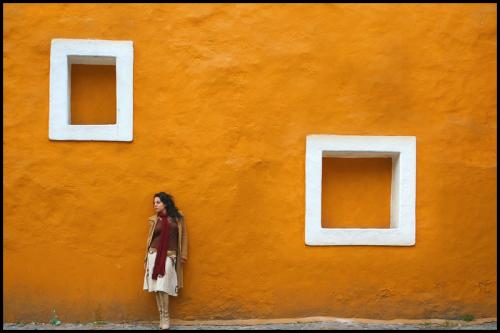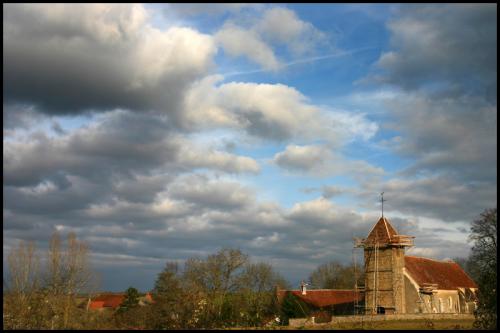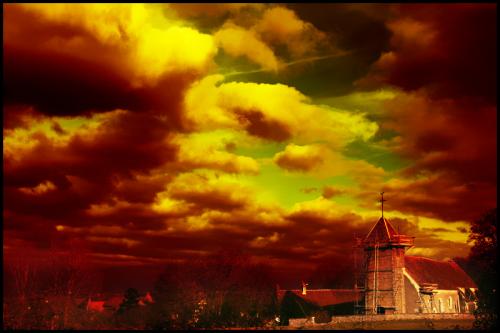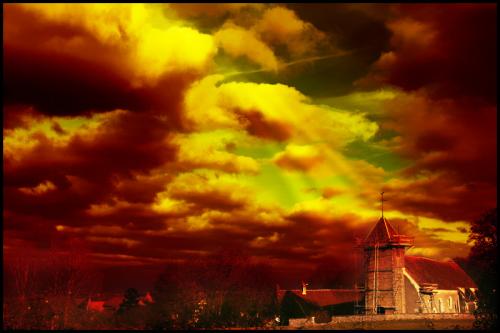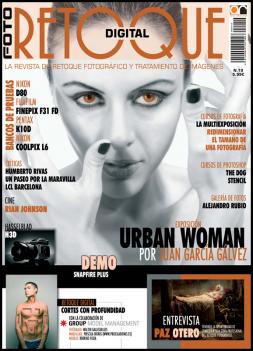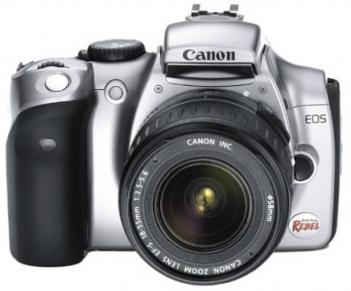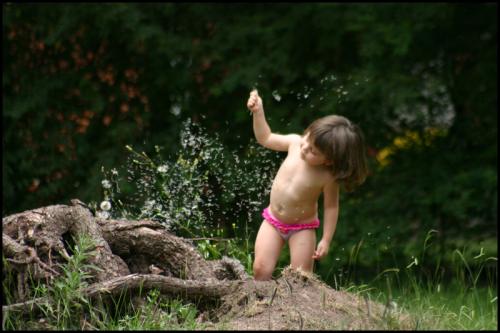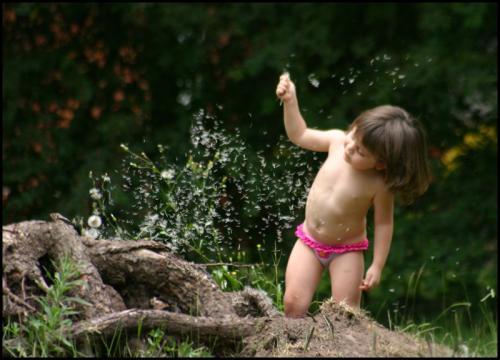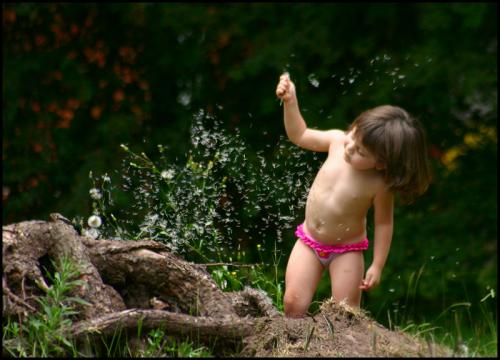Andrzej Dragan nació en 1978 y estudió en Varsovia (capital de Polonia). Disfruto de becas en Amsterdam, Oxford y Lisboa. Concluyó su carrera de Física, le concedieron múltiples premios y reconocimientos en esta disciplina científica.
A participado en diversas conferencias y seminarios en Amsterdam, Cracovia, Glasgow, Munich, Oxford, Varsovia, Tokio… Actualmente trabaja como profesor auxiliar de Física en la Universidad de Varsovia.
Este singular artista nos sorprende con retratos que han dado lugar a una línea de trabajo inquietante: el estilo Dragan. Unos retratos que buscan un punto de vista muy alejado de la belleza convencional, buscan la provocación del espectador utilizando con gran maestría una iluminación radical que acentúa las facciones y expresiones de sus protagonistas.
Equipo fotográfico: Utiliza una Canon 1Ds con un objetivo Canon 24-70 f/2.8L y una caja de luz con un flash. Para las sesiones comerciales usa una Hasselblad H2 con respaldo digital.
Software: El único software que utiliza es Adobe PhotoShop.
Fotógrafos favoritos: Declara no tener fotógrafos favoritos.
Consejo para los que comienzan: Sólo uno. Nunca tomar consejos.
Sin lugar a dudas, un artísta con una obra y personalidad muy controvertida.
Muchas gracias por conceder la entrevista, Andrzej.
This outstanding artist has surprised us with portraits which have given rise to a disturbing style of work: the Dragan style. Portraits which move away from conventional beauty and provoke the viewer by masterly using radical illumination which accents the features and expressions of the subjects.
Photographic equipment: He uses a Canon 1Ds with a Canon 24-70 f/2.8L lens and a light box with flash. For commercial sessions he uses a Hasselblad H2 with digital support.
Software: the only software he uses is Adobe Photoshop.
Favourite photographers: He says he does not have any favourites.
Advice for beginners: Only one piece of advice. Never take advice.
Without doubt an artist whose personality and work is very controversial.
Thank you very much for the interview Andrzej.




